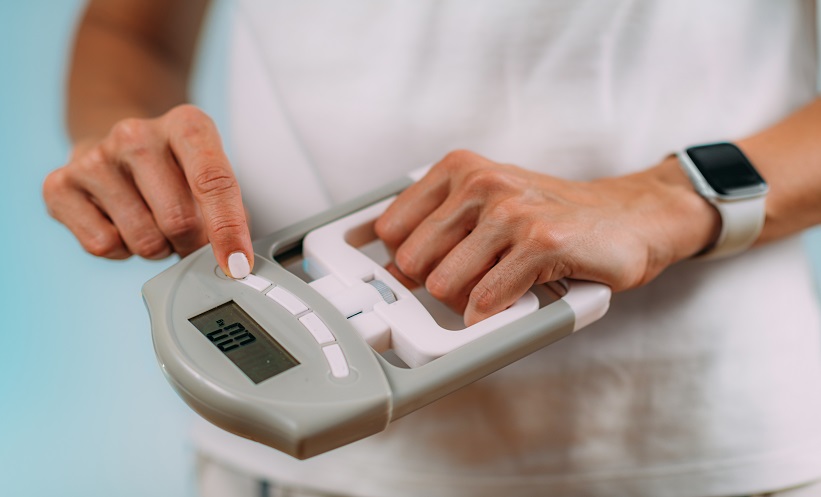WOMEN with Type 2 diabetes (T2D) face a higher mortality rate at a younger age than men, attributed in part to the delayed diagnosis of T2D in women. Adrian Heald, Salford Royal Hospital, UK, presented findings from this recent study at the European Association for the Study of Diabetes (EASD) 2023 Congress, spotlighting the need to reconsider T2D diagnosis criteria for pre-menopausal women under 50.
The research encompassed seven UK laboratory sites, representing 5% of the UK population. Cohort 1, tested between 2012–2019, comprised of individuals without prior diabetes diagnoses, whose HbA1c results were ≤48 mmol/mol. Cohort 2, tested between 2019–2021, underwent similar analysis. The researchers extrapolated findings using data from the Office for National Statistics (ONS) England population data, and the National Diabetes Audit’s publications of T2D prevalence and excess mortality.
In Cohort 1, HbA1c levels consistently increased with age, with women under 50 consistently exhibiting levels 1.0 mmol/mol lower than men. Beyond age 50, HbA1c levels in women aligned with those in men. Women under 50 with T2D had lower HbA1c distributions than men by 1.6 mmol/mol (4.7% of the mean), a statistically significant difference (z=-47.4; p<0.0001). For those aged 50 and older, this difference was less pronounced (z=-5.90; p<0.0001), as in Cohort 2.
The study suggests revising the T2D diagnosis threshold from HbA1c 48 mmol/mol to 46 mmol/mol for women under 50, potentially reclassifying 34,953 undiagnosed women in England (17% of recorded cases). This change could lead to an additional 65 women (17% of excess deaths in T2D women under 50) experiencing diabetes-related deaths annually.
These findings emphasise the urgency of re-evaluating HbA1c thresholds for T2D diagnosis in women under 50. Such a shift could facilitate earlier T2D identification, ultimately improving their quality of life and life expectancy.







